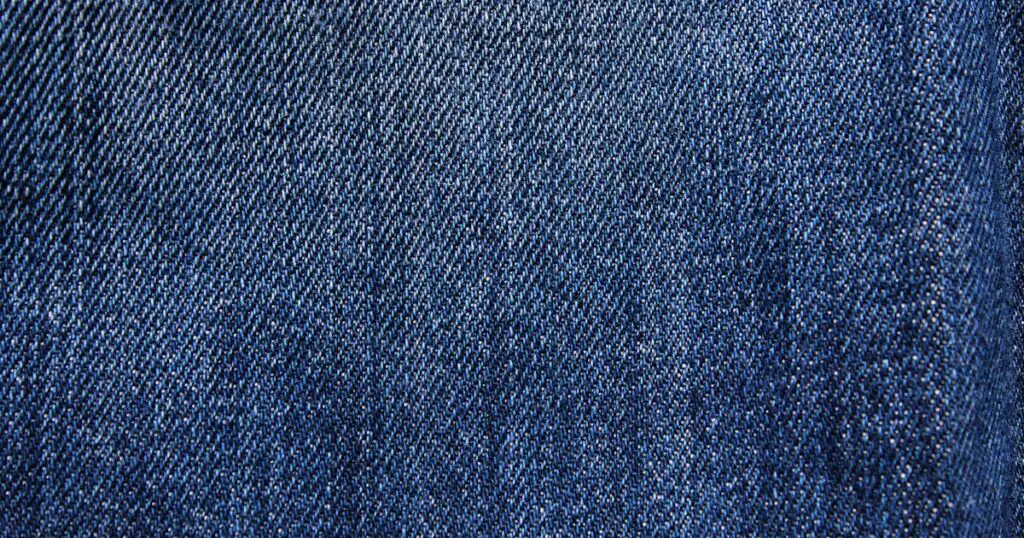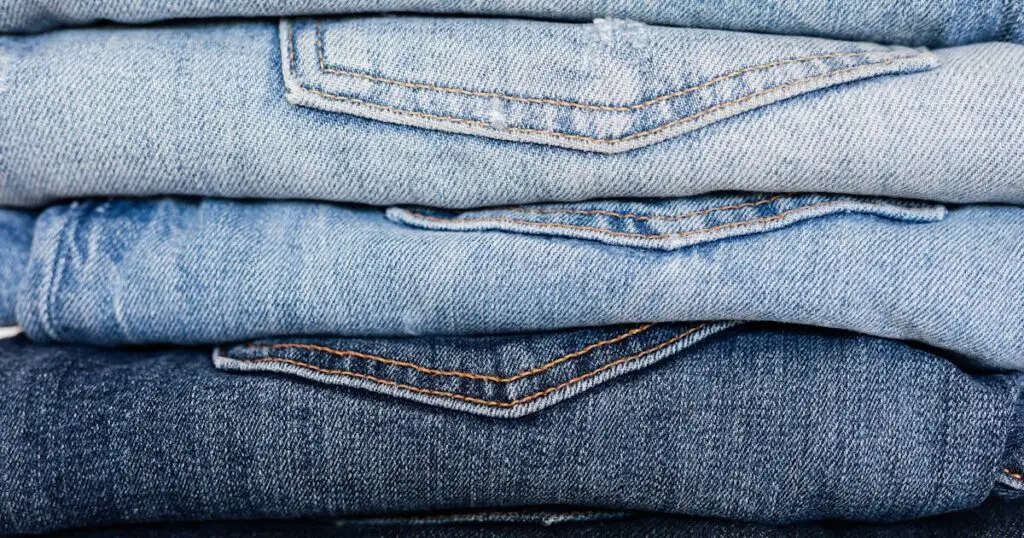Key Takeaway: Understanding textile fabric involves more than identifying materials; it includes the cultural, historical, and technological advancements that have influenced societies worldwide. Textiles, from ancient fibers to modern sustainable materials, reflect human innovation and progress. They offer insights into heritage, culture, and sustainable practices, revealing a rich tapestry of history and innovation.

Textile fabric, also known as cloth or material, is a flexible and foldable material made by interlacing yarns or threads. It has been integral to human life for thousands of years, providing clothing, shelter, and other essential products. From ancient civilizations to modern societies, textile fabric has played a significant role in shaping human culture and trade.
In this article, we will delve deeper into the world of textile fabric. We will explore its early beginnings, how it evolved throughout history, and the different types of modern fabrics available today. Whether you are a local resident looking to learn more about your town’s cultural heritage or a fashion follower interested in the latest trends, this article is for you.
What is Fabric?
Fabric is a material made from fibers that are either natural, like cotton and silk, or synthetic, such as polyester and nylon. These fibers are spun into yarns and then woven, knitted, or bonded to create a fabric. The type of fiber used and the method of production determine the properties and characteristics of the fabric.
The earliest fabrics were made from natural fibers, such as flax, wool, and silk. These fibers were hand-spun into yarns and then woven on simple looms to create cloth. Over time, advancements in technology and trade led to the development of more sophisticated methods of fabric production.
Early Fabrics
Archaeological evidence suggests that basic woven fabric forms were created as early as 5000 BC in ancient civilizations, such as Egypt and Mesopotamia. In these societies, fabric was primarily used for clothing and household items, like rugs and curtains.

One of the most famous early fabrics is linen, made from flax plants’ fibers. Egyptians mastered the art of linen production and used it to create garments for the pharaohs and other high-ranking individuals. In ancient Rome, wool was the main material used for clothing due to its warmth and durability.
Textiles in the Middle Ages
Thanks to technological advancements during the Middle Ages, textile production became more widespread and sophisticated. The invention of the spinning wheel in the 11th century revolutionized fabric production by allowing for faster and more efficient yarn spinning.
The textile industry also played a significant role in the economy during this period, with cities like Florence and Venice becoming major centers for fabric trade. The rise of guilds and trade associations helped regulate the quality of fabrics and ensure fair prices for producers and consumers.
Modern Fabrics
With the Industrial Revolution in the 18th century, fabric production moved from manual labor to machines. This shift resulted in a significant increase in production and the availability of fabrics at lower costs. New synthetic fibers, such as polyester and nylon, were also invented during this time, providing more options for fabric production.

Today, various types of modern fabrics are available, each with its unique properties and uses. From natural fibers like cotton and wool to synthetic fibers like spandex and rayon, the textile industry has made great strides in providing versatile and functional fabrics for different purposes.
FAQs
In this section, we will be delving into some of the most common inquiries and curiosities that surround our topic.
What is the most commonly used fabric?
Cotton is the most commonly used fabric due to its versatility, breathability, and affordability.
Are natural or synthetic fibers better?
It depends on the fabric’s intended use. Natural fibers are more breathable, but synthetic fibers have better durability and moisture-wicking properties.
What is sustainable fabric?
Sustainable fabrics are made from eco-friendly materials and produced using environmentally responsible methods.
Conclusion: What is Textile Fabric?
In conclusion, textile fabric has a rich history that spans thousands of years. From its humble beginnings as woven cloth to its vital role in the modern fashion industry, fabric has continuously evolved and adapted to meet the needs of humanity.
Whether you are interested in the cultural significance of fabric or simply looking for information on new sustainable fabrics, there is always more to learn about this essential material. We hope this article has provided valuable insights into the world of textile fabric and sparked your curiosity to explore further.



Leave a Comment
You must be logged in to post a comment.